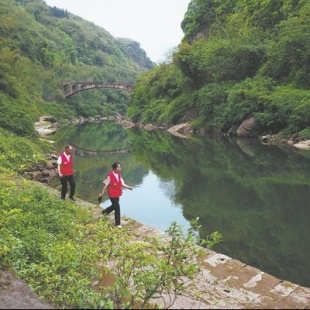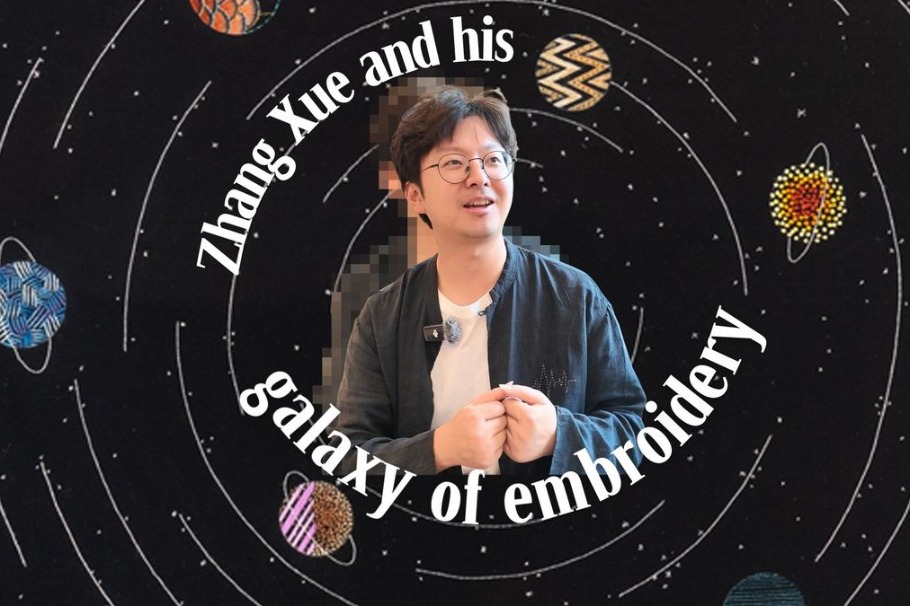Temple discovery rewards hard work
Finding lifts veil of history and inspires even more searches, Xu Lin reports in Luzhou, Sichuan.

"Today, we can drive closer to these cultural relics and hike much shorter distances, which has greatly improved our fieldwork efficiency," he says.
Back then, they had to climb a nearby mountain to find a vantage point to take panorama photos of a site. "Now, using a drone makes it much easier to do so, and our younger colleagues are adept at it. We're equipped with other new tools as well, which have saved a lot of effort," he says.
Before, they measured elevated cultural relics by climbing up and using bamboo poles tied with measuring tapes. Now, they use lasers to take precise dimensions.
A major task of the fourth national census is to recheck all cultural heritage registered in the third census, and the county has already finished the challenging task.
"After so many years, some sites have changed administrative jurisdictions or altered geological environments, and some elder villagers familiar with remote site locations have passed away," Liu says.
"Moreover, the original GPS coordinates in the third national census have errors of tens of meters. To locate these sites, we mainly rely on locals as guides, often hiking through forest mountains for entire days."
According to Huang, the county calls for grassroots cadres to join the fourth national census on cultural relics and assign veteran professionals like Liu with novices in a team to provide guiding.





































